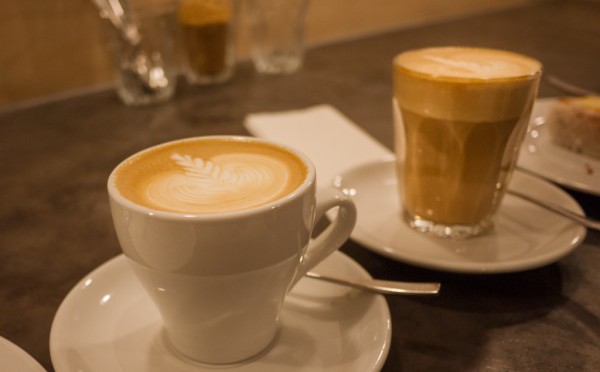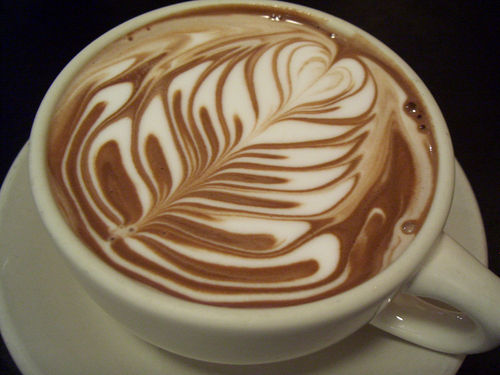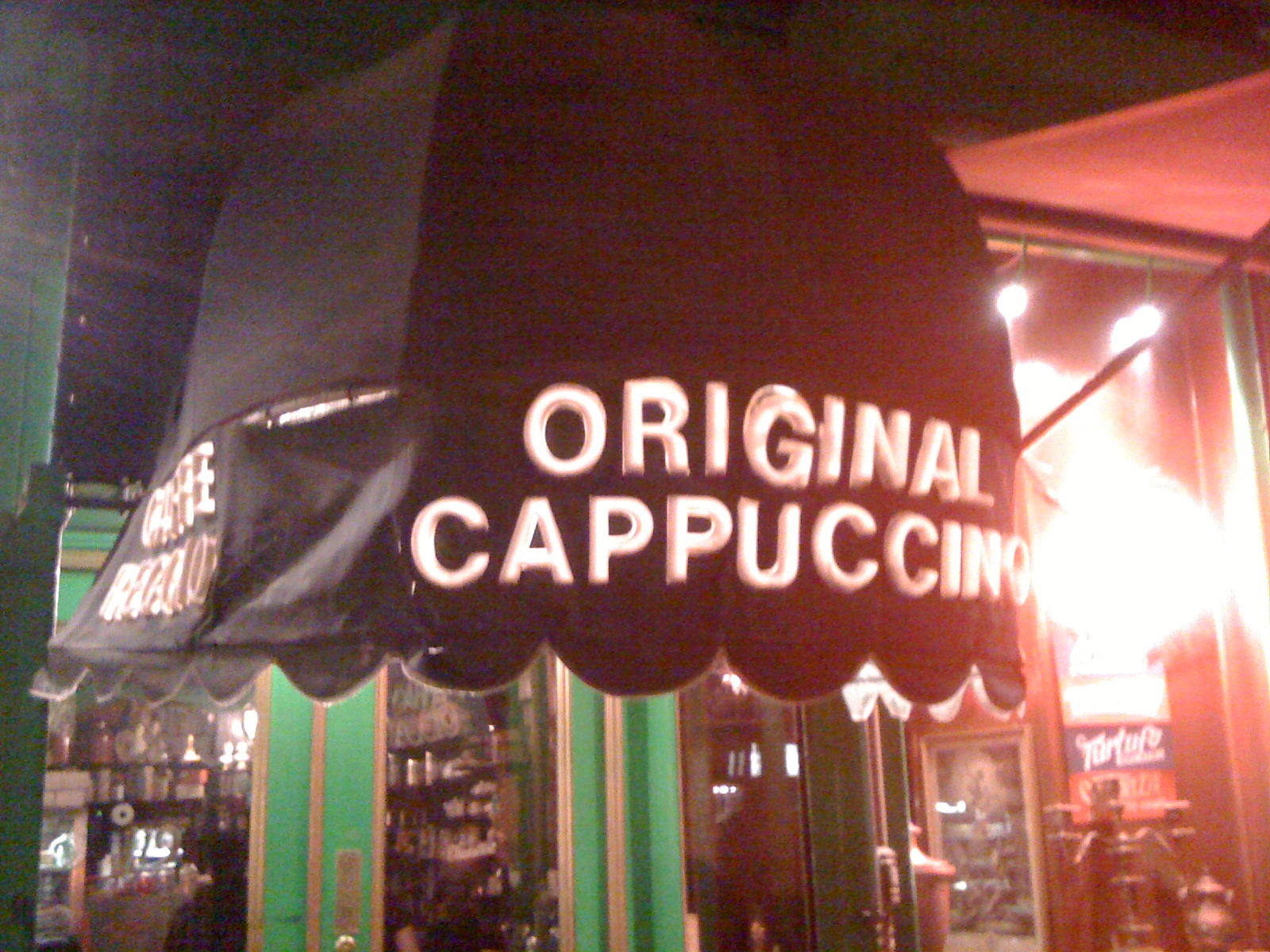Starbucks has been making big headlines lately after they announced, earlier this month, that they will be offering a new drink at store locations all across the U.S. The drink in question? The flat white. While New Zealand has been trying to stake its claim in the invention of this drink, the general consensus is that it is Australian in origin. Apparently Aussies are even laughing at Starbucks’s attempt to mass market their famous milk-based espresso drink.

So what’s the big deal?
Earlier this summer I had the pleasure of visiting Australia and staying with a close friend. I had heard much about Australian coffee, and I was excited to grab a cup as soon as I got into town. And then I looked at the menu.
Short black. Long black. Flat white. Cappuccino.
Three of these are not like the other.
Thinking that I’d try something new, when the waitress came back to our table I proudly announced that I would like a short black, please. When she brought me a shot of espresso back, I was rather confused.
Through trial and error, I was able to glean that a “short black” is a single shot of espresso, while a “long black” is an Americano (or sometimes a brewed coffee). A flat white seemed simple enough – I’ve heard people order cappuccinos “flat,” and I naturally assumed that it was the same thing. But upon ordering it, I received a latte instead. What?
At this point I was learning to just roll with the punches, and I got on with my life. Like an ex-girlfriend who has my new phone number, however, the flat white is back in my life and demanding I make amends. It’s making headlines across the U.S. and I’m forced to once again wrestle with the uncomfortable notion that there may, in fact, be a difference between a a flat white and a latte.
As it turns out, there is a rather large difference. The main, obvious dissimilarity is that a flat white is traditionally served in a much smaller container compared to a latte; typically a flat white is around 150-160 milliliters while a latte is 200 or more.
The source of my confusion isn’t how the drinks are different on paper, however, but how they are actually so similar in America.
A flat white is supposed to be halfway between a latte and a cappuccino. While a latte is supposed to be almost entirely steamed milk and espresso, with a dollop of foam at the very top, a cappuccino is supposed to have a large head of foam that one must sip through before getting to any milk. But if you separate milk-based espresso beverages into their individual parts, there is a third, very important, piece that is not usually focused on in either lattes or cappuccinos. It’s called microfoam. Whether or not it makes it into you morning cup of coffee depends entirely on the quality of barista.
When a bad barista steams milk they pay little regard as to what kind of foam is created. Lattes get no foam, cappuccinos get lots of foam.
When a great barista steams milk, they are able to control how much foam there is. Foam can either be very bubbly, or have a velvety texture filled with extremely small bubbles – microfoam. The best baristas will knock the milk container, or perhaps swirl the milk inside, in an attempt to pop the largest bubbles and maximize the amount of microfoam. Microfoam makes it possible to make latte art, while the thick foam found in many cappuccinos is harder to work with. The barista can then decide how much foam makes it into the finished beverage based on their pour.
A latte is supposed to have no foam, or a very small amount. A cappuccino is supposed to have a wealth of foam. A flat white is supposed to have a dense layer of microfoam. See what I’m getting at here? Many American third-wave coffee shops have turned a “latte” into a flat white. The evidence of this is latte art; the only way to make great latte art is by creating a layer of microfoam with which to draw. The only thing truly setting these drinks apart is the serving size, and that’s where the Starbucks marketing team comes in.
Americans are going to be confused by the flat white. They’re going to call BS on the marketing for it, claiming it’s a cash-grab for a product that Starbucks has sold for years. In my opinion, however, this confusion is actually rooted in the fact that we have been spoiled by well-made lattes topped with a delicious layer of microfoam for years.
If this means the bad baristas are going to have to learn the magic of creating delicious, velvety microfoam in an attempt to copy the Starbucks flat white, I think this will ultimately be a fruitful endeavor. In my experience, the Australia model, while confusing at first, produces outstanding coffee.
The Coffee Guy
For a more in-depth analysis of the differences between a latte and a flat white, check out this great post.



